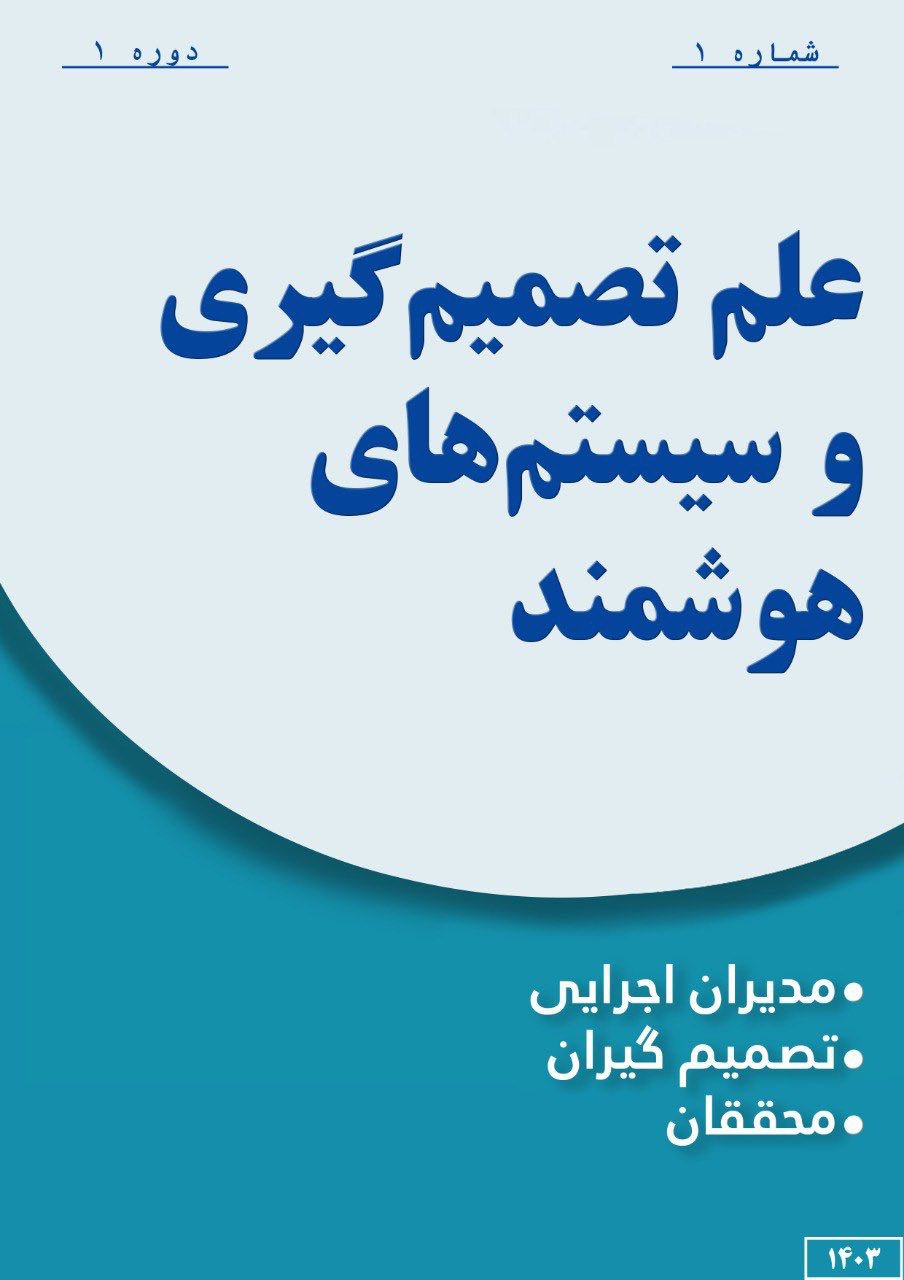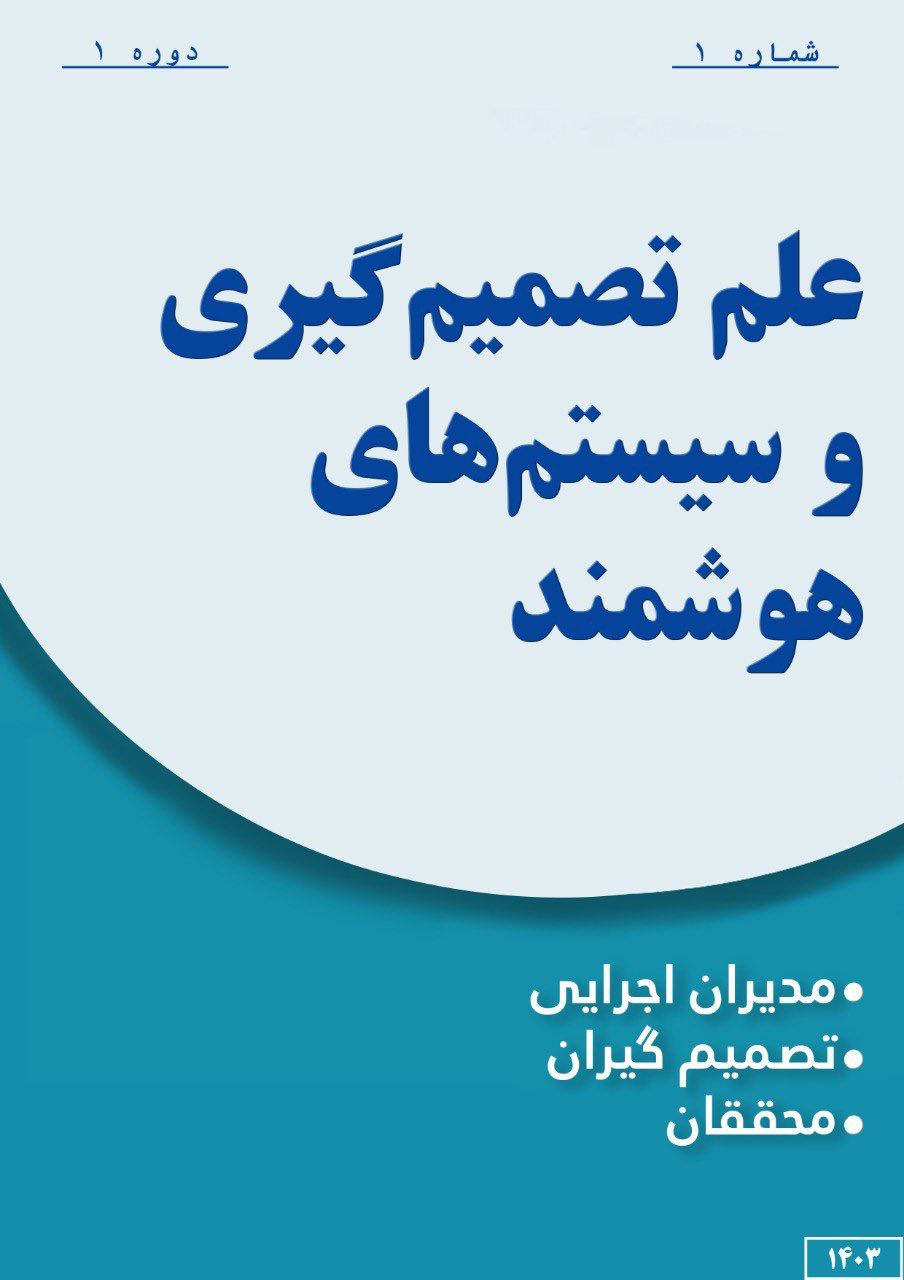تحلیل عملکرد اعتبارات تملك داراییهای سرمایهای استان لرستان بر حسب امور و فصول با استفاده از روش تحلیل پوششی دادهها
کلمات کلیدی:
استان لرستان, تحلیل پوششی داده ها, تخصیص بودجه, تملک داراییهای سرمایهای, طبقه بندی COFOGچکیده
یکی از اصلیترین مسیرهای سرمایهگذاری دولت در ایجاد ظرفیتهای جدید تولیدی و خدماتی، اجرای طرحهای تملک داراییهای سرمایهای است. بااینحال، این طرحها با چالشهای متعددی مواجهاند که از مهمترین آنها میتوان به کمبود اعتبار و عدم تخصیص کامل اعتبارات مصوب اشاره کرد. علاوه بر این، با توجه به رقابت شدید اعتبارات هزینهای با اعتبارات عمرانی در جذب منابع عمومی دولت، اتخاذ سازوکارهای کارآمد برای مدیریت بهینه طرحهای عمرانی از اهمیت ویژهای برخوردار است. ازجمله این سازوکارها میتوان به روشهای بهینه سازی واستفاده از مدلهای تحلیل کارایی اشاره نمود. تحلیل پوششی دادهها(DEA) یک روش غیرپارامتری است که کارایی واحدهای تصمیمگیری متجانس را بر اساس چندین ورودی و خروجی محاسبه میکند. در این پژوهش، عملکرد اعتبارات تملک داراییهای سرمایهای استان لرستان طی شش سال، به تفکیک امور و فصول، با استفاده از مدل تحلیل پوششی دادههای منصفانه (KA) بررسی شده است. نتایج نشان میدهد که رتبه سالهای 1400، 1399 و 1397 در هر دو حالت یکسان بوده، اما سایر سالها تفاوتهایی داشتهاند. همچنین، مقایسهای بین این اعتبارات و اعتبارات تخصیصیافته به سایر استانها بر اساس مدلهای CCR و CSW انجام شده است. این نتایج نشان میدهد کارایی استان لرستان در سالهای 1396 و 1397 کمتر از میانگین کشوری بوده، اما از 1398 تا 1400 روندی افزایشی داشته و از میانگین کشور فراتر رفته است.
دانلود
چاپ شده
ارسال
بازنگری
پذیرش
شماره
نوع مقاله
مجوز
حق نشر 2025 علم تصمیم گیری و سیستم های هوشمند

این پروژه تحت مجوز بین المللی Creative Commons Attribution-NonCommercial 4.0 می باشد.







